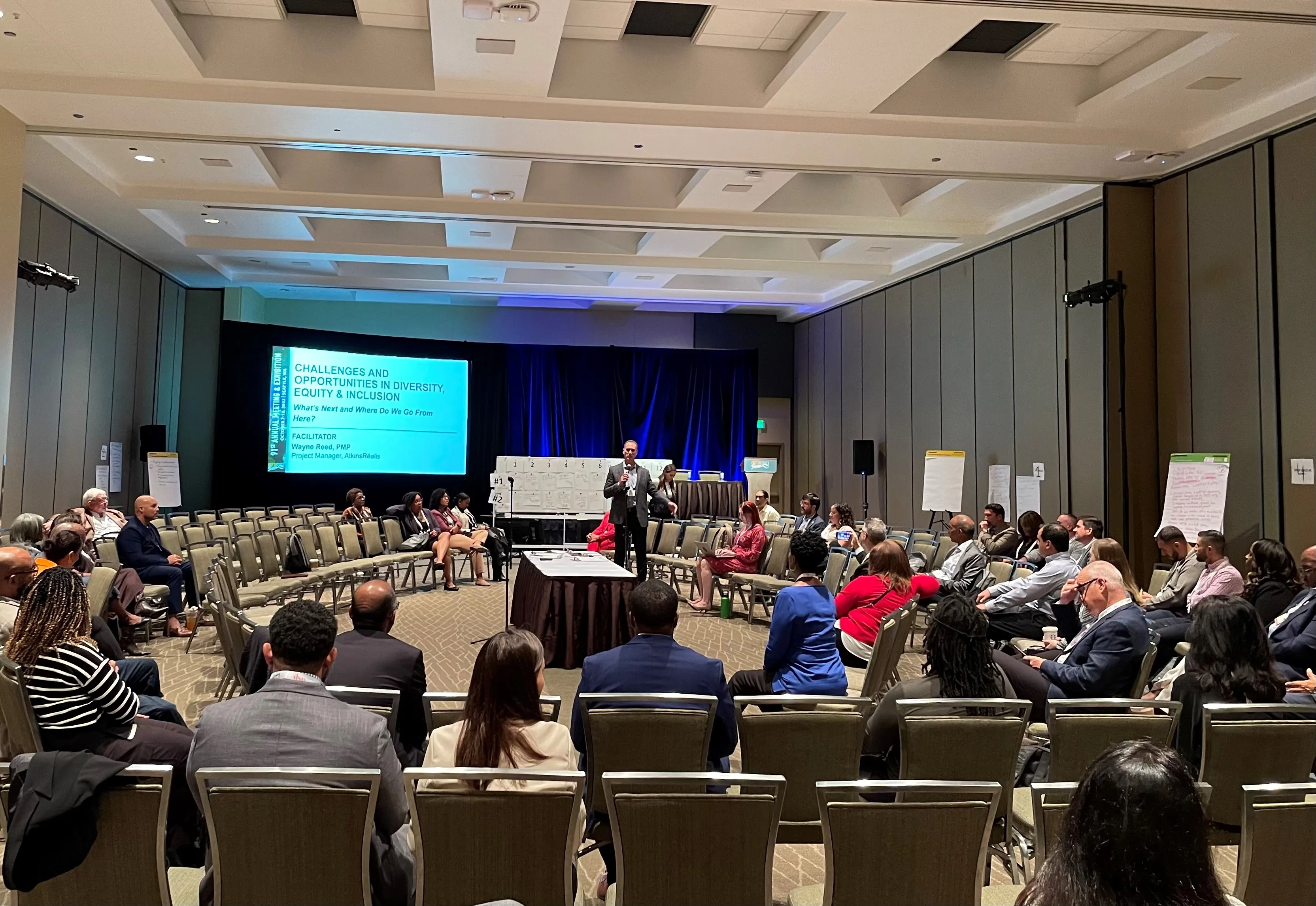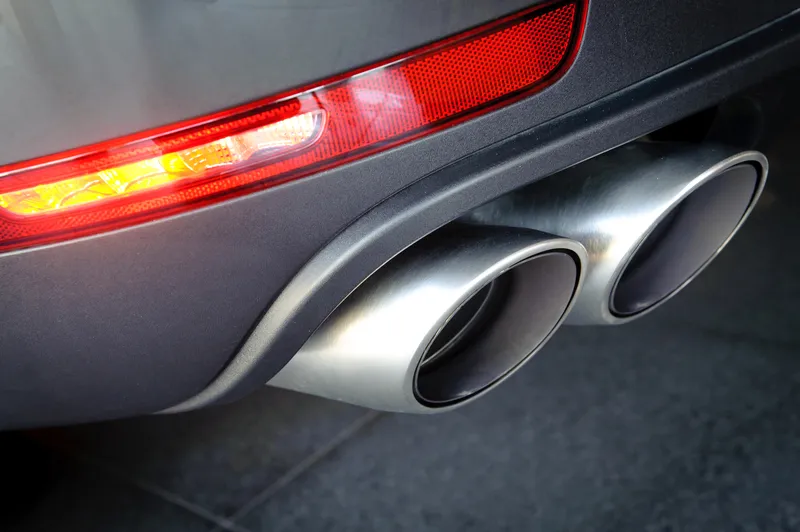New research has revealed that half of British drivers (49 per cent) are concerned about the safety of the connected car, with automotive manufacturers also admitting there could be a security lag of up to three years before systems catch up with cyber threats.
The report, commissioned by Veracode and carried out by the International Data Corporation (IDC), revealed half of drivers are concerned about the security of driver-aid applications, such as adaptive cruise control, self-parking, and collision av
March 2, 2016
Read time: 4 mins
New research has revealed that half of British drivers (49 per cent) are concerned about the safety of the connected car, with automotive manufacturers also admitting there could be a security lag of up to three years before systems catch up with cyber threats.
The report, commissioned by Veracode and carried out by the International Data Corporation (IDC), revealed half of drivers are concerned about the security of driver-aid applications, such as adaptive cruise control, self-parking, and collision avoidance systems, reflecting an equal level of concern with the safety of the entire vehicle.
As the ability for drivers to download applications to navigate, park, communicate, conserve fuel, self-park or other driver enhancements will revolutionise the automotive sector, IDC projects the total market for automotive-related internet of things in 2016 is worth $140.3 billion.
Yet exposing a car to the internet makes it vulnerable to cyber attacks which could render the car unstable or dangerous, such as the 2015 demonstration where a Jeep Cherokee was totally taken over by security researches while driving at more than 70 mph on a US freeway. The security implications impact vehicle manufacturers, component manufacturers as well as independent software vendors (ISVs), all of whom are racing to keep up with driver demand.
As applications continue to drive greater functionality across connected devices, concerns over safety and cyber security become paramount for manufacturers. The research highlights several cyber security approaches being taken by manufacturers to reduce risk across a number of application-driven connected car systems, including performance, dashboard and smartphone connectivity, as well as driver aids.
Combining driver sentiment with in-depth interviews from organisations such as1674 Fiat-1958 Chrysler, Seat, 570 Scania, 7207 Delphi and German industry body ADAC, the paper sheds light on key questions, such as: What are the cyber security implications of the connected car? Who is responsible for ensuring the applications are secure? Where does product liability lie? What are the issues and approaches for personal data and privacy?
Key findings include: Driver downloaded applications pose a security challenge - all manufacturers interviewed reported concerns around the security of critical systems being exposed to applications they did not develop, creating situations where the safety of the vehicle would leave the control of the manufacturer; Manufacturers should be liable for safety of the connected car - 87 per cent of drivers polled believe all aspects of safety, including resiliency of applications to cyber attacks, rests with manufacturers, regardless of whether an in-car application was developed by a software company or the car manufacturers themselves; Manufacturers do not feel they need to worry about driver data privacy. However, 46 percent of drivers are concerned about this issue, particularly as applications continue to integrate. For example, as navigation system evolve to find, reserve and pay for parking automatically, the potential for leaking credit card information and other personal data arises.
According to Chris Wysopal, CTO, Veracode, “Exposing a car to the internet makes it vulnerable to cyber attack due to poorly written software, which could render the car unstable or dangerous. Building a secure application development programme is a significant challenge for manufacturers, which is compounded by the need to do so under the microscope of government-regulated safety standards and liability concerns.”
Duncan Brown, research director, European Security Practice, IDC said that manufacturers cannot afford to be complacent when it comes to application and overall system security within vehicles. “The positive implication from our research is that the market for downloadable applications is large, spanning the entire market of drivers of all ages and genders. Manufacturers should increase their focus on how to secure applications that enhance car functionality, such as the many driving aids currently being developed.”
“Cybercrime is increasing at an alarming rate. It is essential that public safety is uppermost in the minds of innovators and that risk is reduced to the minimum level possible,” former Defence Secretary Dr Liam Fox MP added.
The report, commissioned by Veracode and carried out by the International Data Corporation (IDC), revealed half of drivers are concerned about the security of driver-aid applications, such as adaptive cruise control, self-parking, and collision avoidance systems, reflecting an equal level of concern with the safety of the entire vehicle.
As the ability for drivers to download applications to navigate, park, communicate, conserve fuel, self-park or other driver enhancements will revolutionise the automotive sector, IDC projects the total market for automotive-related internet of things in 2016 is worth $140.3 billion.
Yet exposing a car to the internet makes it vulnerable to cyber attacks which could render the car unstable or dangerous, such as the 2015 demonstration where a Jeep Cherokee was totally taken over by security researches while driving at more than 70 mph on a US freeway. The security implications impact vehicle manufacturers, component manufacturers as well as independent software vendors (ISVs), all of whom are racing to keep up with driver demand.
As applications continue to drive greater functionality across connected devices, concerns over safety and cyber security become paramount for manufacturers. The research highlights several cyber security approaches being taken by manufacturers to reduce risk across a number of application-driven connected car systems, including performance, dashboard and smartphone connectivity, as well as driver aids.
Combining driver sentiment with in-depth interviews from organisations such as
Key findings include: Driver downloaded applications pose a security challenge - all manufacturers interviewed reported concerns around the security of critical systems being exposed to applications they did not develop, creating situations where the safety of the vehicle would leave the control of the manufacturer; Manufacturers should be liable for safety of the connected car - 87 per cent of drivers polled believe all aspects of safety, including resiliency of applications to cyber attacks, rests with manufacturers, regardless of whether an in-car application was developed by a software company or the car manufacturers themselves; Manufacturers do not feel they need to worry about driver data privacy. However, 46 percent of drivers are concerned about this issue, particularly as applications continue to integrate. For example, as navigation system evolve to find, reserve and pay for parking automatically, the potential for leaking credit card information and other personal data arises.
According to Chris Wysopal, CTO, Veracode, “Exposing a car to the internet makes it vulnerable to cyber attack due to poorly written software, which could render the car unstable or dangerous. Building a secure application development programme is a significant challenge for manufacturers, which is compounded by the need to do so under the microscope of government-regulated safety standards and liability concerns.”
Duncan Brown, research director, European Security Practice, IDC said that manufacturers cannot afford to be complacent when it comes to application and overall system security within vehicles. “The positive implication from our research is that the market for downloadable applications is large, spanning the entire market of drivers of all ages and genders. Manufacturers should increase their focus on how to secure applications that enhance car functionality, such as the many driving aids currently being developed.”
“Cybercrime is increasing at an alarming rate. It is essential that public safety is uppermost in the minds of innovators and that risk is reduced to the minimum level possible,” former Defence Secretary Dr Liam Fox MP added.









